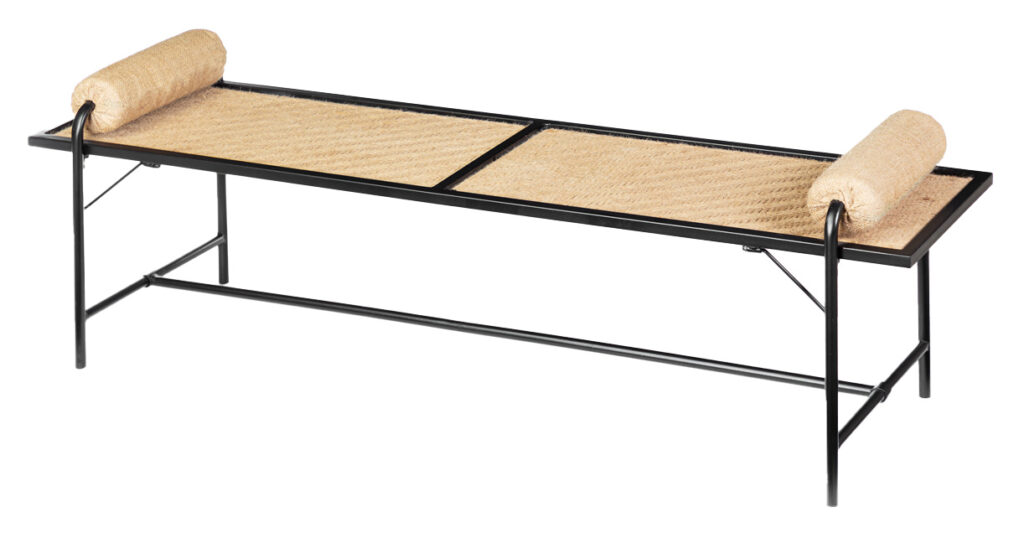Exploring various sustainable wood options and practices that minimise environmental impact
Environmental protection is a hot topic today. People are increasingly concerned about protecting our planet and its resources. As a result, sustainable furniture design has gained significant momentum. Once heavily reliant on traditional wood, the furniture industry is shifting towards more eco-friendly options to meet consumer demand while minimising its environmental footprint. This change is crucial in preserving forests, reducing carbon emissions, and promoting a healthier planet. Let’s delve into some of the sustainable wood options and practices that are transforming the furniture industry.

Sustainable Wood Sources
When choosing wood for furniture, it’s essential to prioritise eco-friendly options. One such option is FSC-certified wood, which guarantees sustainable sourcing, protects forests and supports local communities. Another excellent alternative is reclaimed wood. By repurposing salvaged materials, reclaimed wood reduces the need for new timber and provides furniture with a unique and natural charm. Both options reflect a commitment to responsible furniture design practices, allowing consumers to add charm and personality to their homes while caring for the environment.
Using Alternative Materials
Using materials other than wood is also a sustainable way of protecting our environment. Though technically grass, bamboo stands out as one of the most sustainable wood-like materials for furniture. Its rapid growth rate eliminates the need for replanting after harvest. Additionally, bamboo cultivation requires fewer pesticides and chemicals than conventional wood, enhancing its environmental benefits. Its natural strength and flexibility make bamboo an ideal choice for various furniture styles.
Reducing dependence on traditional wood sources can significantly help preserve forests in the long run. For instance, the Knock on Wood’s Sutli collection showcases how unassuming materials like jute can be transformed into innovative, artistic furniture. By merging age-old weaving techniques with modern aesthetics, this collection pays homage to generations of artisans who have mastered the craft of jute. Using jute sourced from local farmers and acacia wood harvested from eco-friendly plantations highlights the potential of alternative materials in sustainable furniture design.
Adopting Eco-Friendly Practices in Furniture Design
Incorporating eco-friendly practices in furniture design is crucial for minimising environmental impact. Using low-VOC finishes, for example, reduces indoor air pollution, making living spaces healthier. Opting for modular and timeless designs can extend the life cycle of furniture, reducing the need for frequent replacements. Additionally, incorporating upcycled materials and designing recyclable furniture promotes sustainability by conserving resources and reducing waste.
Supporting Sustainable Furniture Brands
Consumers are pivotal in advancing sustainable practices by supporting brands that prioritise eco-friendly furniture production. When purchasing wood furniture, consider transparent companies’ sourcing, production methods, and environmental commitments. By making mindful choices, consumers can encourage more brands to adopt sustainable practices, creating a ripple effect throughout the industry.
Sustainable furniture design is more than just a trend—it’s a responsible and necessary shift towards protecting our planet’s natural resources. From choosing FSC-certified and reclaimed wood to implementing eco-friendly production practices, there are numerous ways to reduce the environmental impact of furniture design. By making informed and conscious decisions, manufacturers and consumers can contribute to a more sustainable future while enjoying beautiful, eco-friendly furniture.
